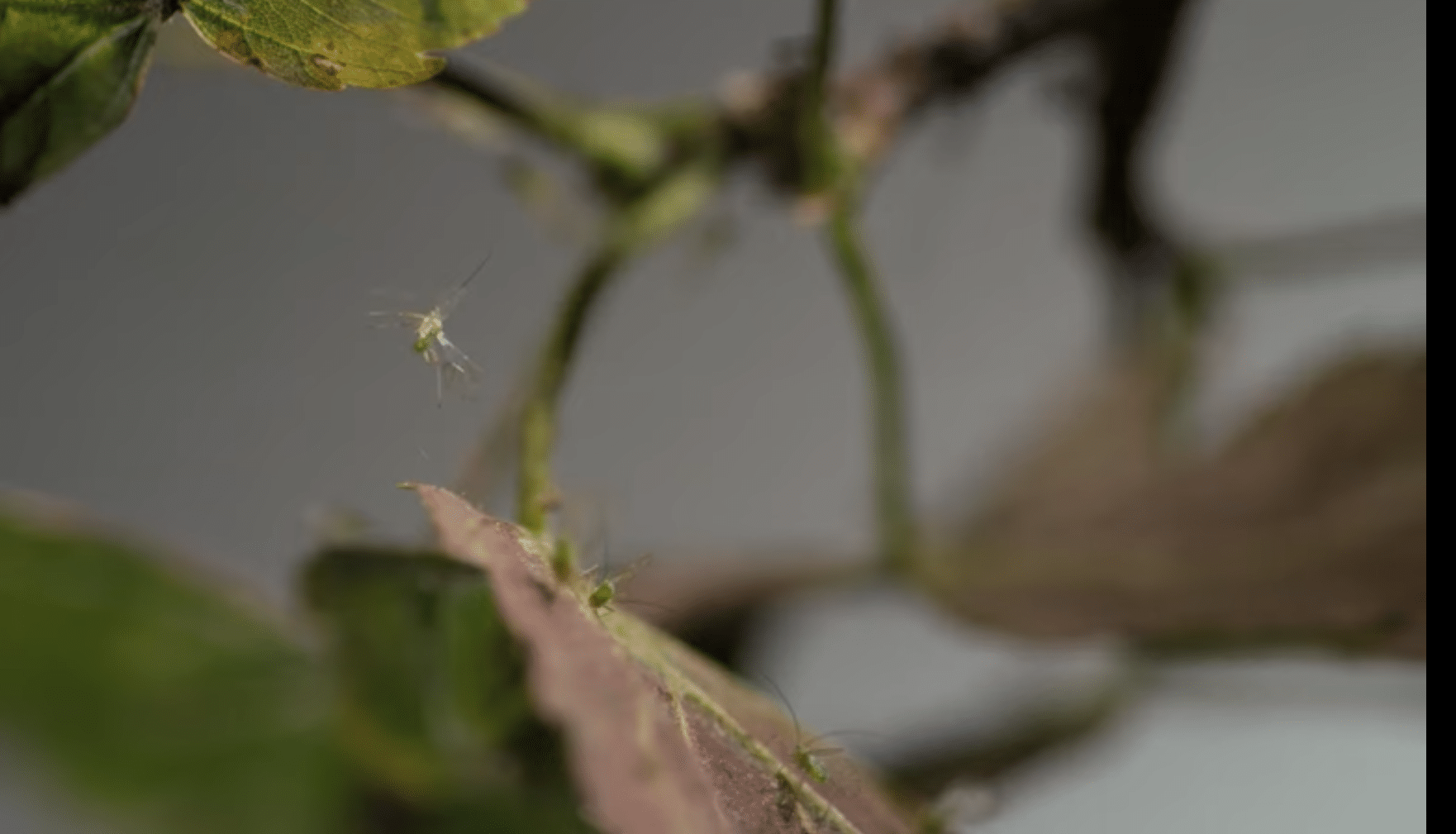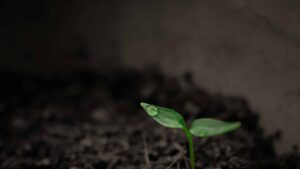High speed Rothamsted camera shows posture and wingbeat patterns in detail for the first time.
A state-of-the-art camera with high frame rates and high resolution has shown the flight dynamics of two aphid species in unmatched detail for the first time, according to a press release from Rothamsted Research.
The take-off and free flight of Drepanosiphum platanoidis and Myzus persicae, both common crop pests, were studied in still air using ultra slow-motion, high-speed photography in high definition (HD), the release notes. The wing tip and body posture were tracked to show how they are displaced during each wingbeat cycle.
The unique footage shows that aphids demonstrate a high degree of flight control and manoeuvrability in the lab, occasionally using forward and inverted flight, two aerial modes that are otherwise poorly known.
The recently funded Rothamsted camera, supported by BBSRC, is operated by the team at the National Insect Survey. These ultra-slow-motion videos will allow researchers to delve into the biomechanics and physical mechanisms that aphids use to fly. Much of this information was previously unknown, despite being crucial to understanding their migratory behaviour.
Professor James Bell, who until recently was head of the Rothamsted Insect Survey and is now at Keele University, led the research and said: “Aphids are as beautiful and as graceful in flight as their colourful distant cousins, the butterflies. But, if we are to make progress in improving food security, major challenges must be overcome to protect our crops. In particular, to inform the risk of virus transmission, we need to build on this research to understand the energetic cost of flight for aphids over short and long distances.”
Aphids typically don’t directly harm plants through their feeding behaviour. Instead, the damage is often caused indirectly by viruses transmitted by the aphids during feeding. These viruses can stunt growth, cause yellowing of leaves, and ultimately reduce yields. Additionally, some species of aphids excrete honeydew, a sticky, sugary substance that can attract other insects and promote the growth of mold. Often, we only notice this when our parked cars are covered in the sticky rain of honeydew that falls from the tree canopy above.
The release states that it’s been estimated that crop losses caused by aphids could be as high as £190 million every year, and although methods to control their populations already exist, these often involve killing the aphids off, depriving birds and other species of an important food resource.
Researchers are exploring alternative methods for managing these pests that do not rely on lethal measures such as pesticides. By studying the movements and mechanisms involved in the flight of these insects, scientists believe that footage like this could help them better identify which insects are carrying diseases or viruses. This information could then be used to deploy more targeted control strategies to manage them effectively.












